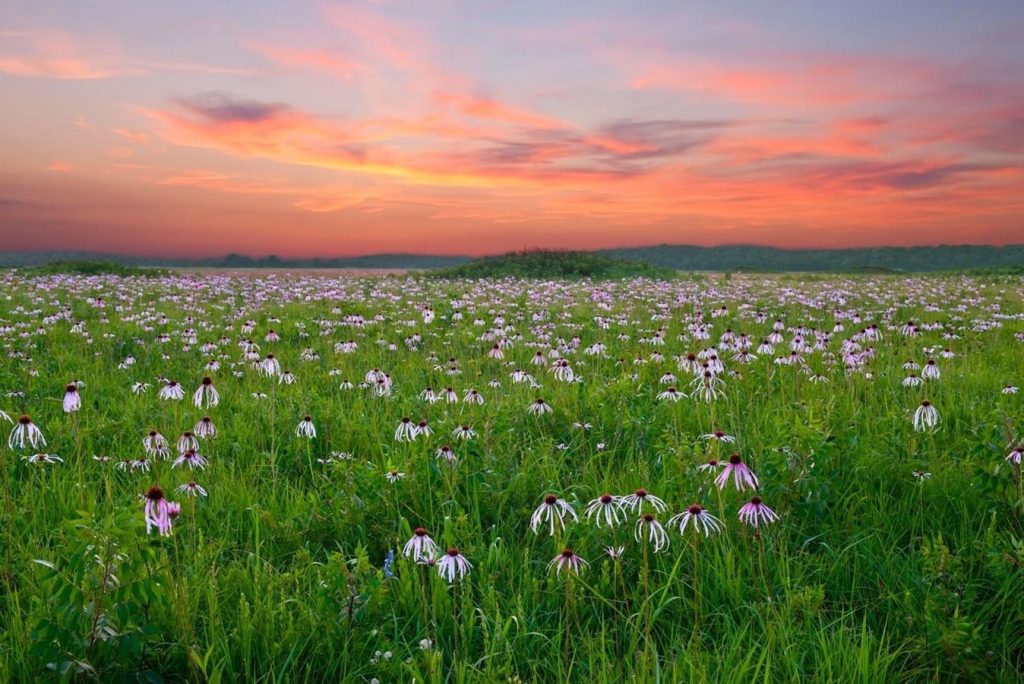Conservation efforts for grasslands have been overshadowed by more visible environmental concerns, but these ecosystems play a vital role in maintaining the balance of the planet. Grasslands such as those found in regions like the Great Plains and the Southeastern United States are essential for supporting wildlife populations and preserving water quality. Despite their importance, grasslands are disappearing at a faster rate than the Amazon rainforest, contributing to the rapid decline of these crucial ecosystems.
The degradation of grasslands is primarily due to factors such as conversion to cropland, invasive species, urban development, and the suppression of natural fires that are necessary for maintaining healthy grasslands. In the United States, fire and grazing by large herbivores like bison were historically crucial for grassland health, but the functional extinction of the bison has led to significant damage to these ecosystems. Recognizing the importance of these natural processes is essential for effective grassland conservation and restoration efforts.
Grasslands have a global impact, providing habitats for numerous species and serving as vital carbon sinks. In Mongolia, conservation efforts are underway to protect the country’s extensive grasslands, which are threatened by mining activities and industrialized livestock agriculture. The Nature Conservancy’s partnership with the Mongolian government aims to safeguard these critical ecosystems and ensure sustainable community development while combating climate change.
On a regional level in the Southeastern United States, initiatives like the Southeastern Grasslands Institute are working to conserve and restore grassland habitats that have been drastically reduced due to agricultural practices and urbanization. Collaborations with organizations like Google and the National Park Service are demonstrating how corporations and government agencies can contribute to grassland restoration efforts and protect biodiversity in grassland ecosystems.
At a local level, individuals like the author and his wife are actively involved in grassland restoration on their properties in Tennessee and Virginia. By conducting biodiversity surveys, implementing prescribed burns, and planting native grasses and wildflowers, they are working to restore the natural biodiversity of these habitats and create wildlife corridors. Their efforts highlight the importance of grassroots initiatives in preserving grassland habitats and supporting native species.
Ultimately, the conservation of grasslands is essential for the health of our planet and the preservation of biodiversity. By prioritizing the restoration of these ecosystems, we can protect valuable habitats, support wildlife populations, and combat climate change. Each individual has a role to play in grassland conservation, whether through local initiatives on private land or supporting large-scale conservation efforts on a global level. The preservation of grasslands is crucial for the well-being of our planet and all its inhabitants.


